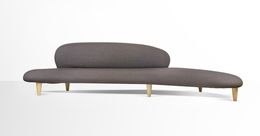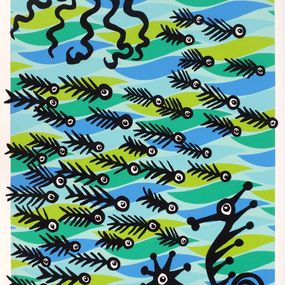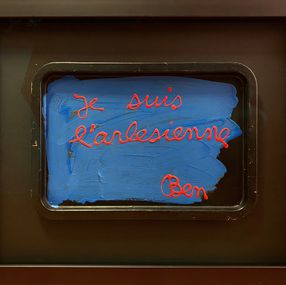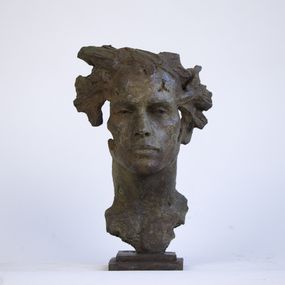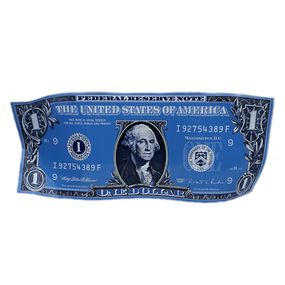
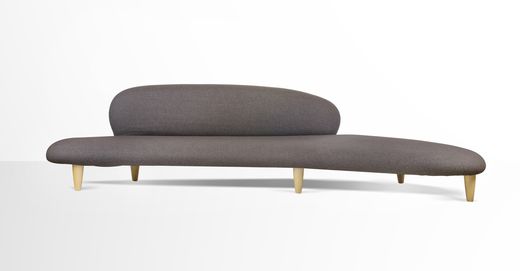
Biography
Isamu Noguchi (November 17, 1904 – December 30, 1988) was a renowned American sculptor, designer, and landscape architect, celebrated for his diverse artistic creations that seamlessly blended Eastern and Western aesthetics. His extensive body of work includes sculptures, gardens, furniture, lighting designs, ceramics, architecture, and set designs.
Early Life and Education
Born in Los Angeles, California, Noguchi was the son of Japanese poet Yonejirō Noguchi and American writer Léonie Gilmour. He spent his early childhood in Japan before returning to the United States at age 13 to attend school in Indiana. Initially enrolled in pre-medical studies at Columbia University, Noguchi simultaneously took sculpture classes under Gutzon Borglum, which led him to pursue art full-time.
Artistic Development
In 1927, Noguchi received a Guggenheim Fellowship that allowed him to work in Paris with the eminent sculptor Constantin Brâncuși. This experience profoundly influenced his approach to abstraction and form. Throughout his career, Noguchi traveled extensively, drawing inspiration from various cultures and artistic traditions, including Chinese brush painting and the Japanese folk art movement, Mingei.
Major Works and Contributions
Noguchi's versatility is evident in his wide-ranging projects:
Legacy
In 1985, Noguchi established The Noguchi Museum in Long Island City, New York, dedicated to his life's work and philosophy. His contributions to art and design have been recognized with numerous accolades, including the National Medal of Arts in 1987 and Japan's Order of the Sacred Treasure in 1988.
Noguchi's enduring legacy lies in his ability to transcend cultural boundaries, creating art that resonates universally while honoring his diverse heritage.





